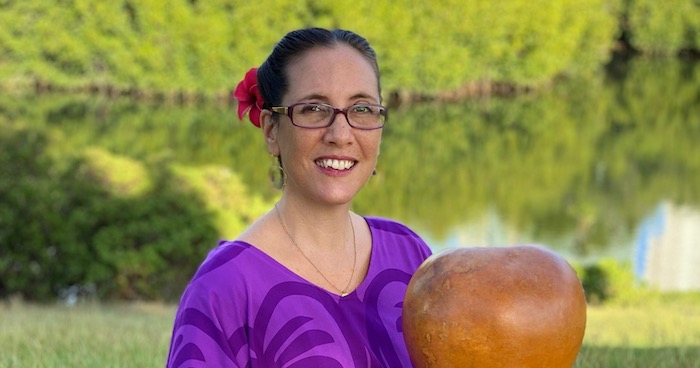
20th Birthday of Mālia’s hālau:
Na Hula Ola Aloha
By Sarah Hodges
“Bless this door that only love may enter here.” These were the words Mālia’s kumu (hula teacher) spoke at the blessing ceremony for Mālia’s new halau. Today, Mālia Helelā, Still & Moving Center’s beloved hula teacher, celebrates the 20th birthday of her own hālau. Mālia shares with us the story of her hālau’s inception and its journey of growth and connection. She named her hālau: Na Hula Ola Aloha, after a line in a chant written by her kumu, meaning hula dances that thrive with love.
Mālia’s hālau began with just a handful of people in a rented dance studio, and has evolved over the years to become the thriving, global community of hula dancers that it is today.
“When you leave your slippers at the door you leave your troubles also, and step into the hālau clean,” says Mālia, explaining this as one of the foundational pillars from which she built her hālau. The other pillar is inclusiveness, so greatly needed in our world today.
Though she was just a young 24 years old, Mālia’s kumu had prepared Mālia well. “I felt both humbled and excited by the prospect of teaching!” exudes Mālia. “It seemed like a natural progression to teach after studying for so many years.”
For years Mālia had been her kumu’s main dancer, doing the solos, accustomed to frequent costume changes. “When I became a kumu I felt a big role reversal. I was not the dancer anymore. It was time for my dancers to dance on my behalf,” Mālia shares.
Mālia opened her first class, on the day of Chinese new year in 2003, at a little dance studio in Mānoa Valley od O’ahu. A handful of students came, all hearing about it from word of mouth. Casting back over the past 2 decades, Maliā reflects on how she has grown up with her hālau, and how her 24-year-old self could have never imagined how her school would flourish.
“Along with the foundation of love from my kumu, my mom has been a very consistent and loving presence. She’s everybody’s mom,” says Mālia. Her mother, Mary Bird, has sewn most of the hundreds of pā’ū skirts worn by the hālau dancers, investing each stitch with a prayer. These skirts sway across the globe, locally and on the many dancers who have traveled from afar to attend hula with Mālia in person or online. Since 2020, Mary has shared this tradition with her grandson Waia, who now also sews pā’ū for the hālau.
Another part of Mālia’s recipe for success has been her adaptability. Before even becoming a kumu, Mālia learned to teach hula to students from Japan with whom she had no shared language. She also adapted to both she and many of her hālau memers having their children. She took a short pause to care for her twin boys when they arrived. A couple years later when her daughter was born, Mālia began teaching baby hula classes, which she continues even today!
One day after a baby hula class, a woman walked up to Mālia who would later become a lifelong friend. It was Renée Tillotson. She proposed the idea of Mālia teaching hula at her new movement studio in Kaka’ako called Still & Moving Center. After a visit to the space and some warm conversations, Mālia transitioned from her tiny Mānoa class space to the diverse movement studio of Still & Moving Center.
Initially, Still & Moving’s rooms felt too large. “I learned to fill the space with sound,” laughs Mālia. She first taught class in the Sun & Moon room. When classes outgrew that studio, she went to the Dance Dojo. By the time the pandemic hit, Mālia’s hula classes often filled the large upstairs space of the Barefoot Ballroom.
Mālia’s teaching gained inspiration from the other movement modalities she was exposed to at Still & Moving, such as Tai Chi, Nia, Feldenkrais and yoga. “I started gaining the awareness and language of mindfulness while moving.” When Mālia began teaching Hawaiian
lomilomi massage, her perspective continued to evolve, and she began to see not only lomilomi, but also hula, as healing modalities.
Unlike the all-too-common forceful approach to dance training, Mālia asks dancers NOT to push their bodies past their natural limits. She welcomes them to dance towards healing, whether that be on the physical or psychological level. “Especially in pandemic times, I realized how important it was for people to come together in a safe space and feel a sense of community,” says Mālia.
Mālia naturally creates a sacred context for her dancers. At the start of every hula class Mālia and each of her students share in a ‘gratitude circle’. Most recently, Mālia’s Thursday evening halau classes now enjoy an extra-special ending to class: Mālia’s mom Mary gives a ‘pep-talk’ to new and old dancers, who seem to leave class feeling a little lighter, both on their feet and in their spirits.
Inclusiveness continues to serve as a guiding principle in Malia’s teaching. With so many students coming through Still & Moving Center, she has opened up her Auana (modern hula) classes to non-hālau members. She still maintaining the structure of a traditional hālau with Kahiko (traditional) hula dance classes for dedicated hālau students. “When I began dancing hula I felt as if I did not belong. I felt as if I was on the outside,” says Mālia. “Curating a space where everyone is on the inside is very important to me.”
Mālia welcomes EVERYONE to come and dance from wherever they are. Now with the technology of zoom, folks can join from whatever state or country they may live in.
Hālau, the Hawaiian word for a school, translates to “many branches of leaves moving together.” Mālia personally relates the word to also signify many dancers breathing together, and a place of shared hearts, thoughts, and motion. Her inclusive “may only love enter here” hālau – Na Hula Ola Aloha – welcomes and blesses each dancer.
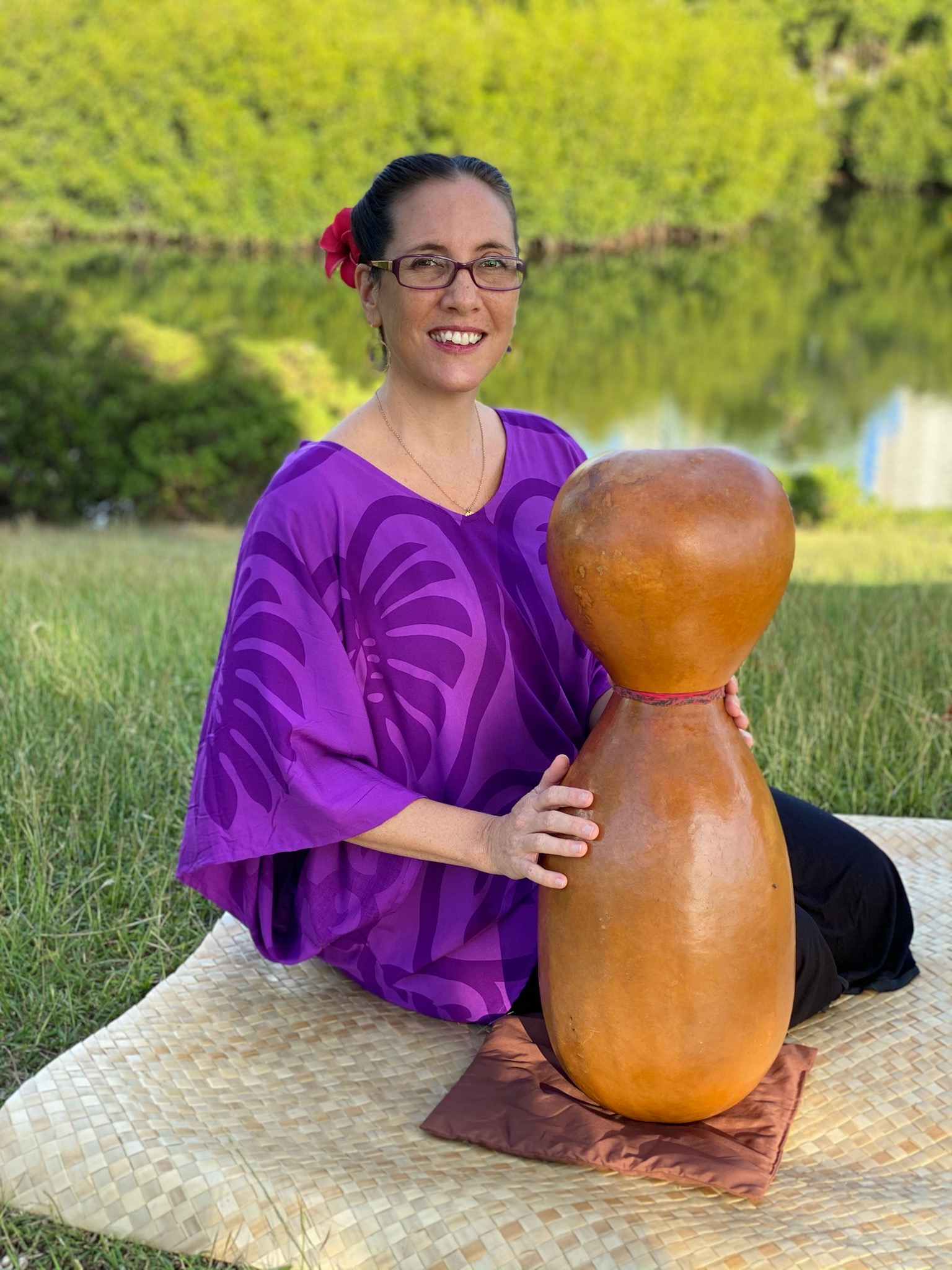
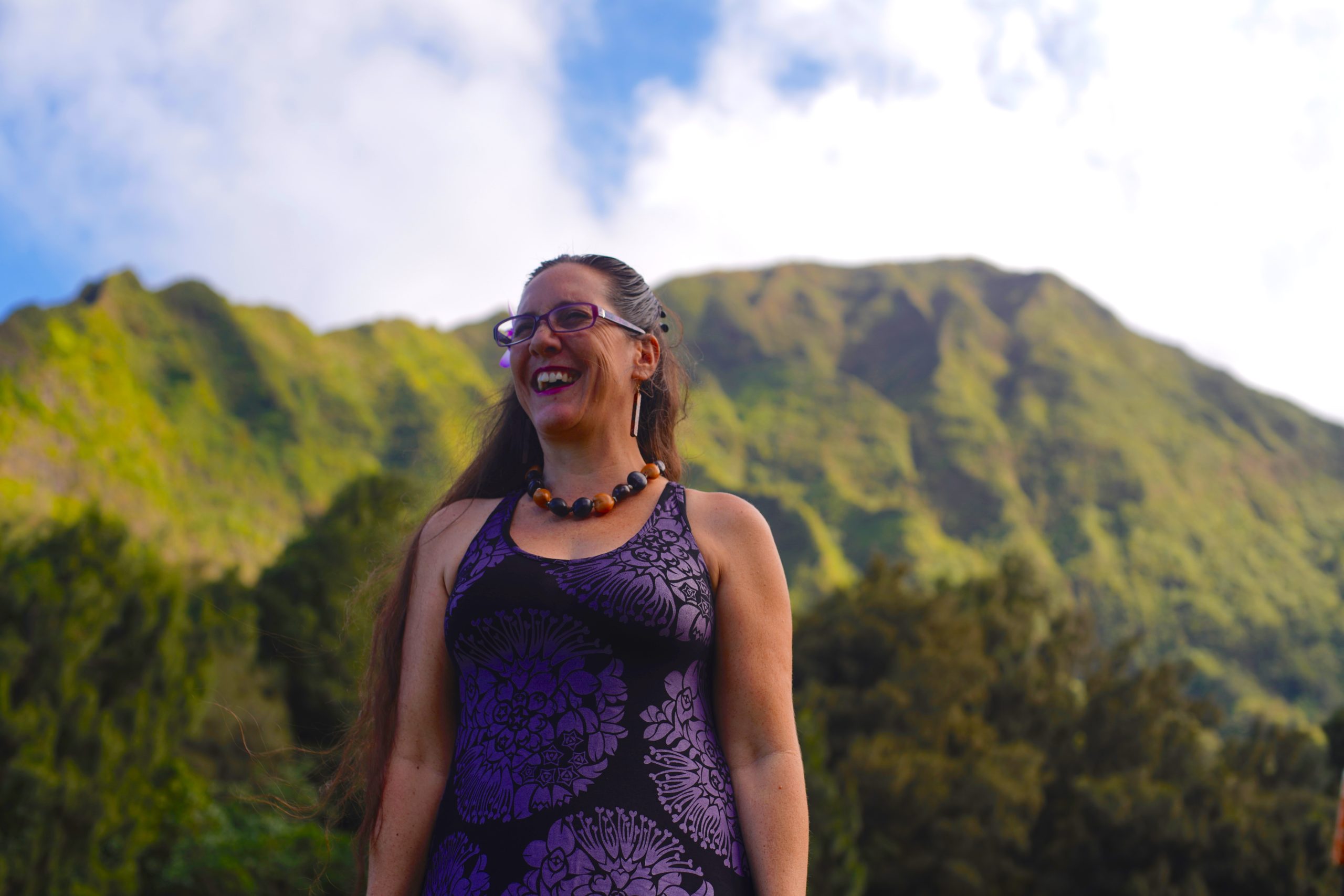
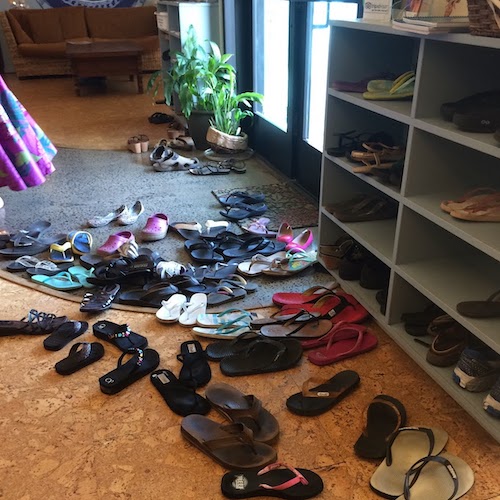
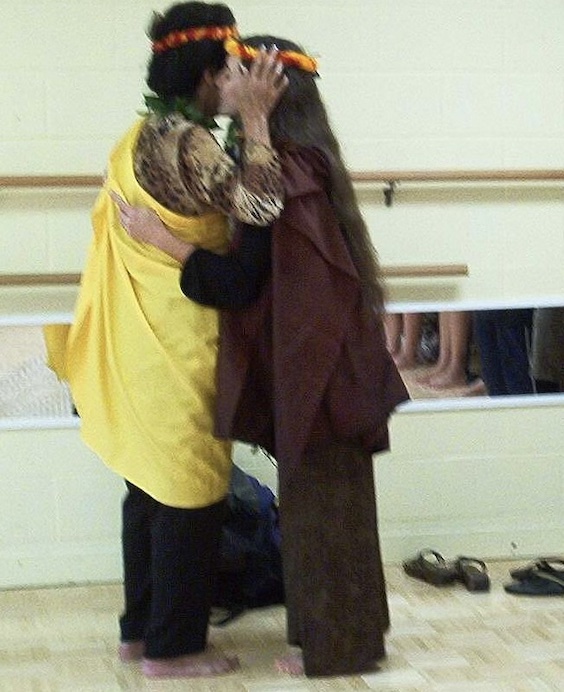
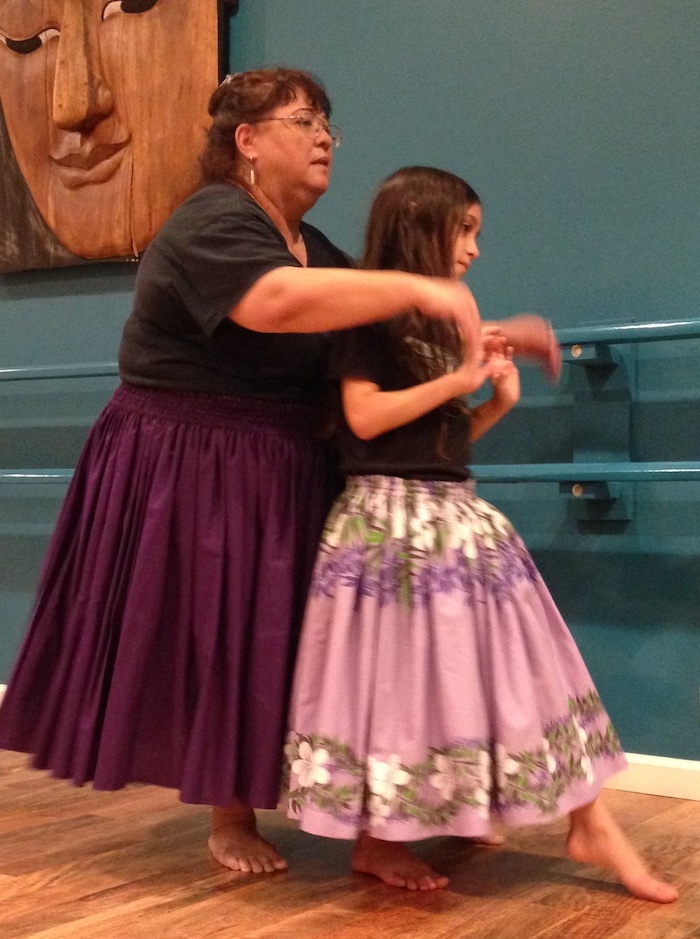
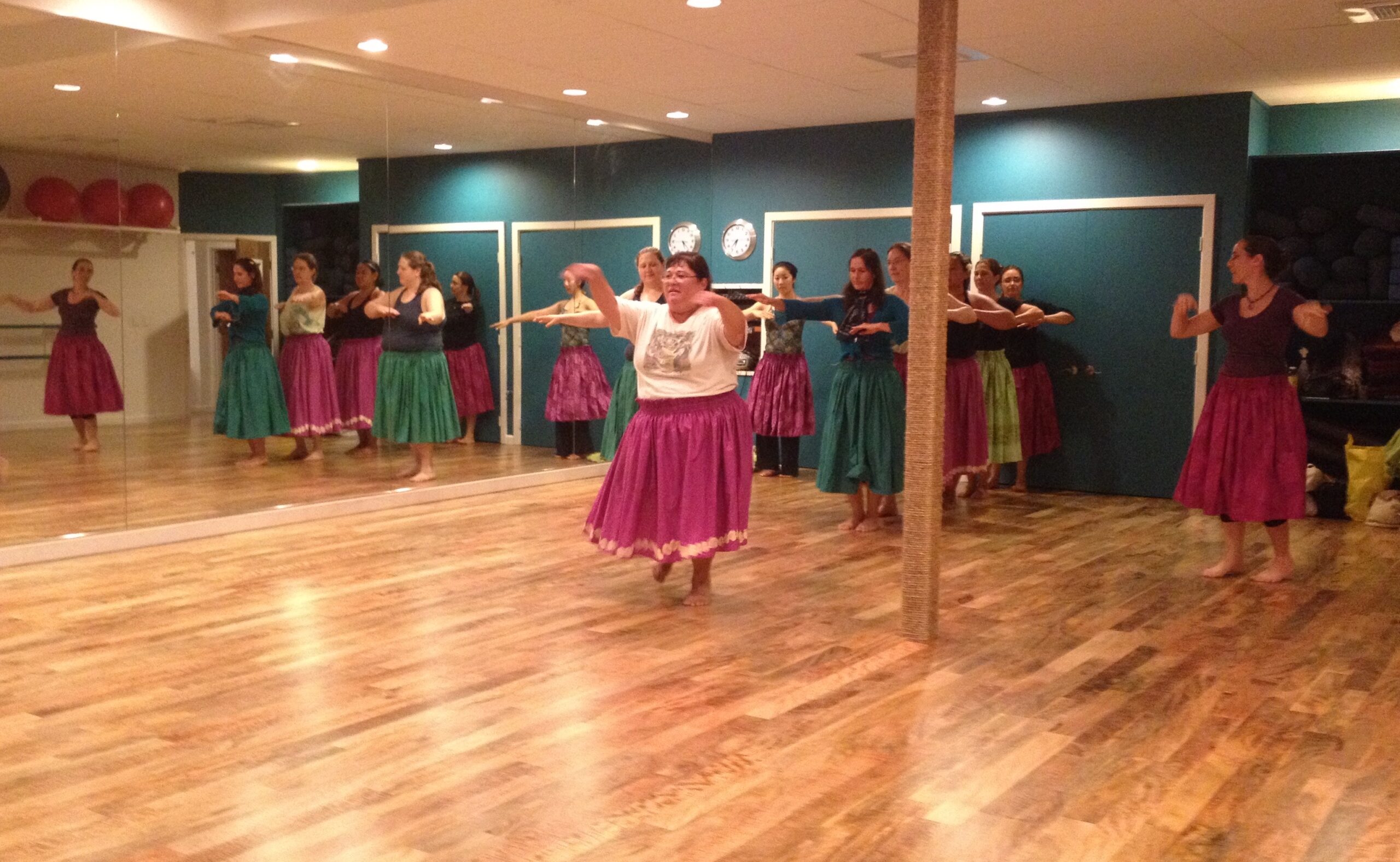
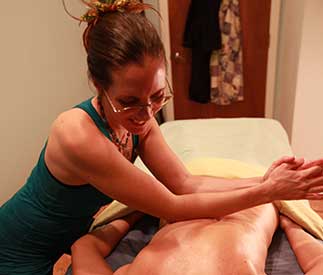
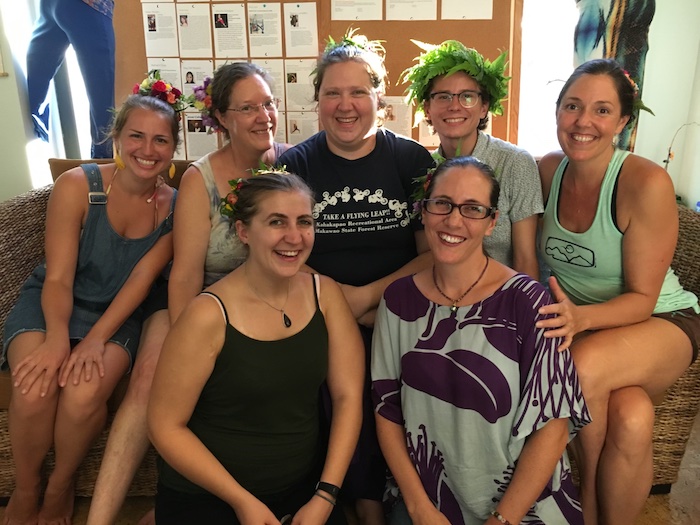
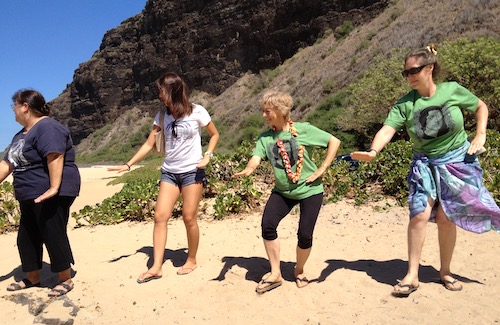
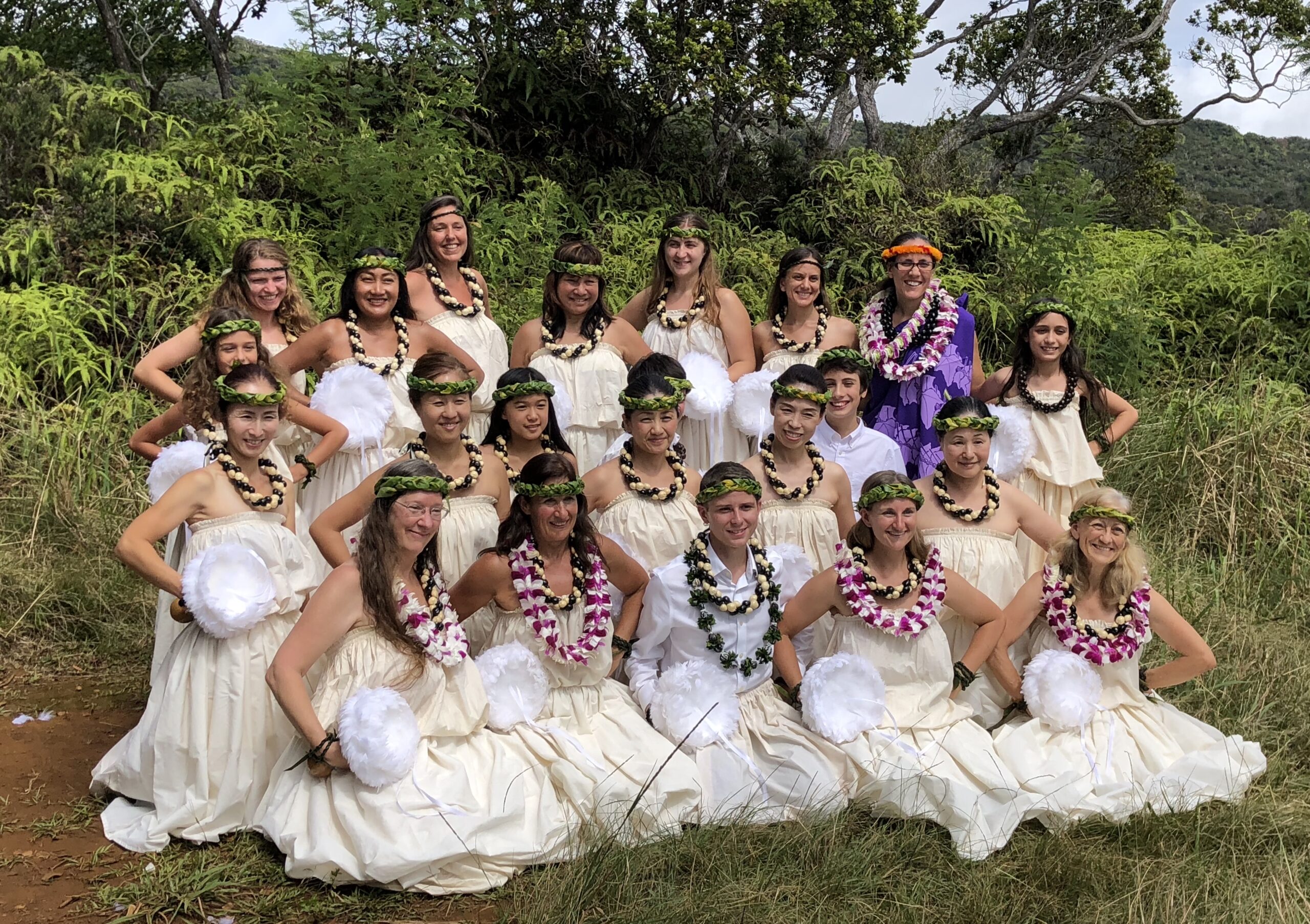
Get the Still & Moving App
This post is also available in: 日本語 (Japanese)

